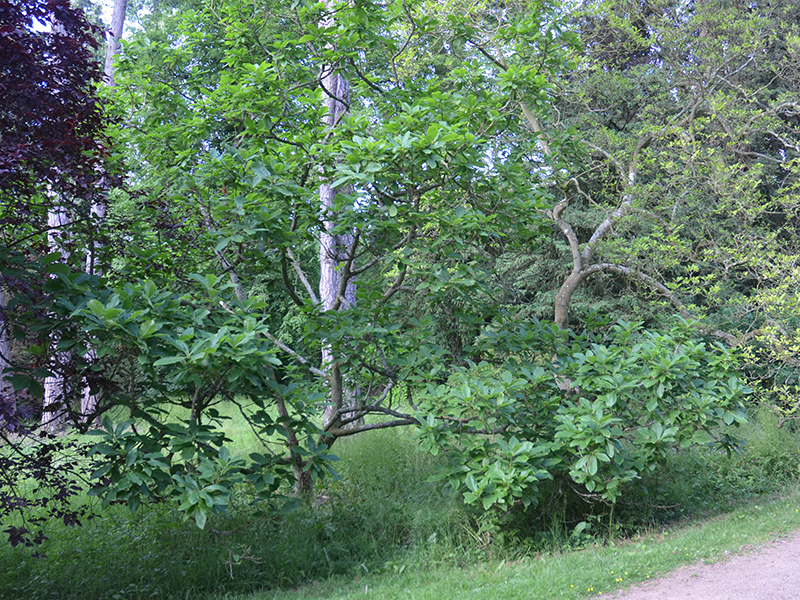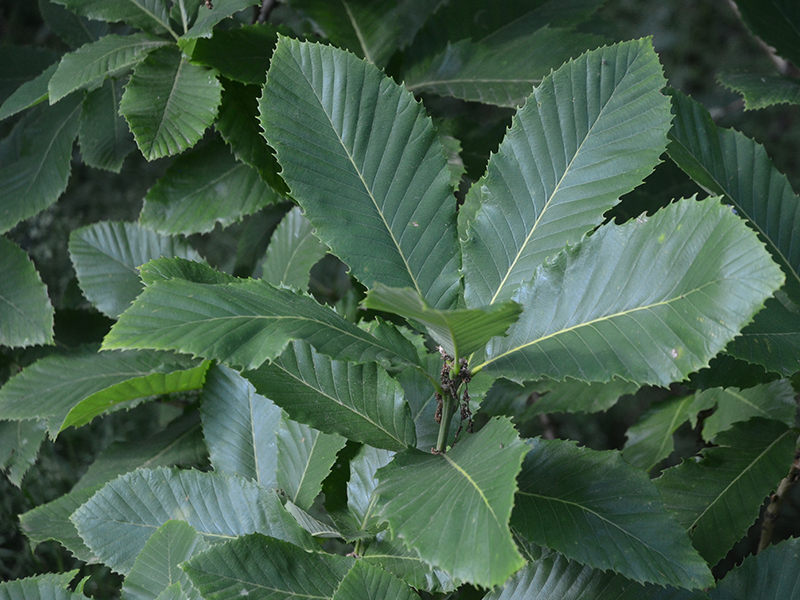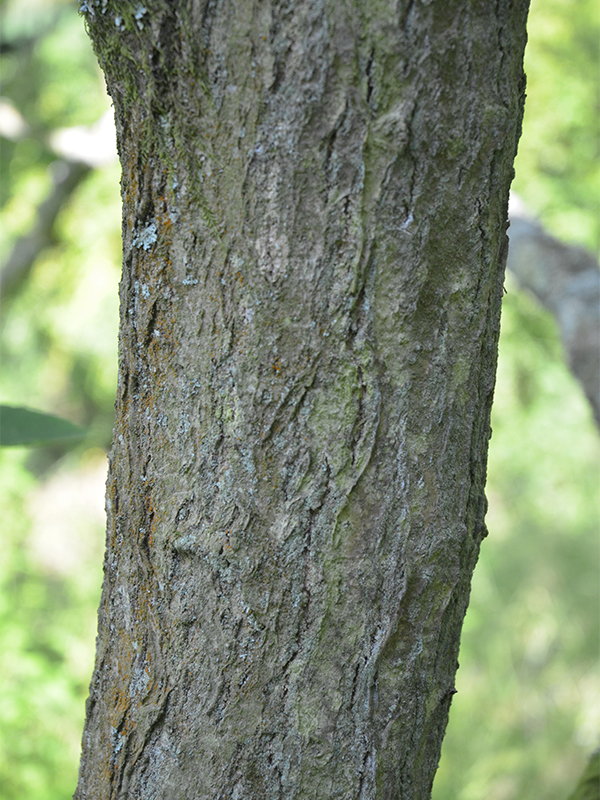
Woody > Quercus > Quercus pontica > Quercus pontica
Quercus pontica
Armenian Oak, Pontine Oak
Origin: Georgia and Turkey.
| Family |
| Fagaceae |
| Genus |
| Quercus |
| Species |
| pontica |
| Category |
| Woody |
| Type |
| Tree (deciduous) |
| USDA Hardiness Zone |
| 5 - 10 |
| Canadian Hardiness Zone |
| 4a |
| RHS Hardiness Zone |
| H3 - H7 |
| Temperature (°C) |
| 1 - (-20) |
| Temperature (°F) |
| 33 - (-4) |
| Height |
| 3 - 6 m |
| Spread |
| 2 - 5 m |
Photographs
Description and Growing Information
Flowering Period
| General Description |
| This species has been placed on the IUCN Red List as globally threatened. |
| Landscape |
| Hedges and borders. |
| Cultivation |
| Prefers full sun and partial-shade in rich, moist but well-drained soil. |
| Growth |
| Medium |
| Pests |
| Susceptible to oak wilt, chestnut blight, shoestring root rot, anthracnose, oak leaf blisters, cankers, leaf spots and powdery mildew. Scale, oak skeletonizer, leaf miner, galls, oak lace bugs, borers, caterpillars and nut weevils may be a problem. |
| Habitat |
| Forests in acidic soils at an altitude of 1,200-2,300 m. |
| Flower/Leaf Bud Description |
| Imbricated scales that are 1 - 1.5 cm. |
| Leaf Description |
| Oboval, thick, toothed, 16 - 17 secondary veins on either side of the mid-vein and 10 - 20 x 5 - 10 cm. |
| Fruit Description |
| Ovoid acorn 3-4 cm. |
| Colour Description |
| The leaves are bright green with a pale underside. The flowers are green. The bark is a grey to purplish-brown. |
| Texture Description |
| The bark is scaly and rough and becomes burrowed as it matures. |
| Notable Specimens |
| Westonbirt, The National Arboretum, Tetbury, Gloucestershire, England. |


